Crafting Beauty: A Journey Through Traditional Japanese Arts and Crafts
A distinct feature of Japan is its love and appreciation of various art forms, from carefully crafted recipes to breathtaking architecture and handmade artisan products. Whether the items fall under traditional Japanese art categories or Japanese crafts, Japanese artists create them with the utmost skill and appreciation for the art form and technique. Japanese culture has long demonstrated the importance of traditional crafts and Japanese art in daily life for the country's citizens, ensuring the arts remain relevant for many years.
As such, the country has created a plethora of arts as a cultural expression, each deriving from various periods in Japanese history. Below, we further explore Japanese art mediums, from some of the popular art forms and crafts to the continued impact on those in Japan and outside the country.
Traditional Japanese Crafts and Art Forms
Below are a few of the popular forms of Japanese art and crafts. Each style has a rich connection to Japan's heritage and culture.
Ukiyo e Prints
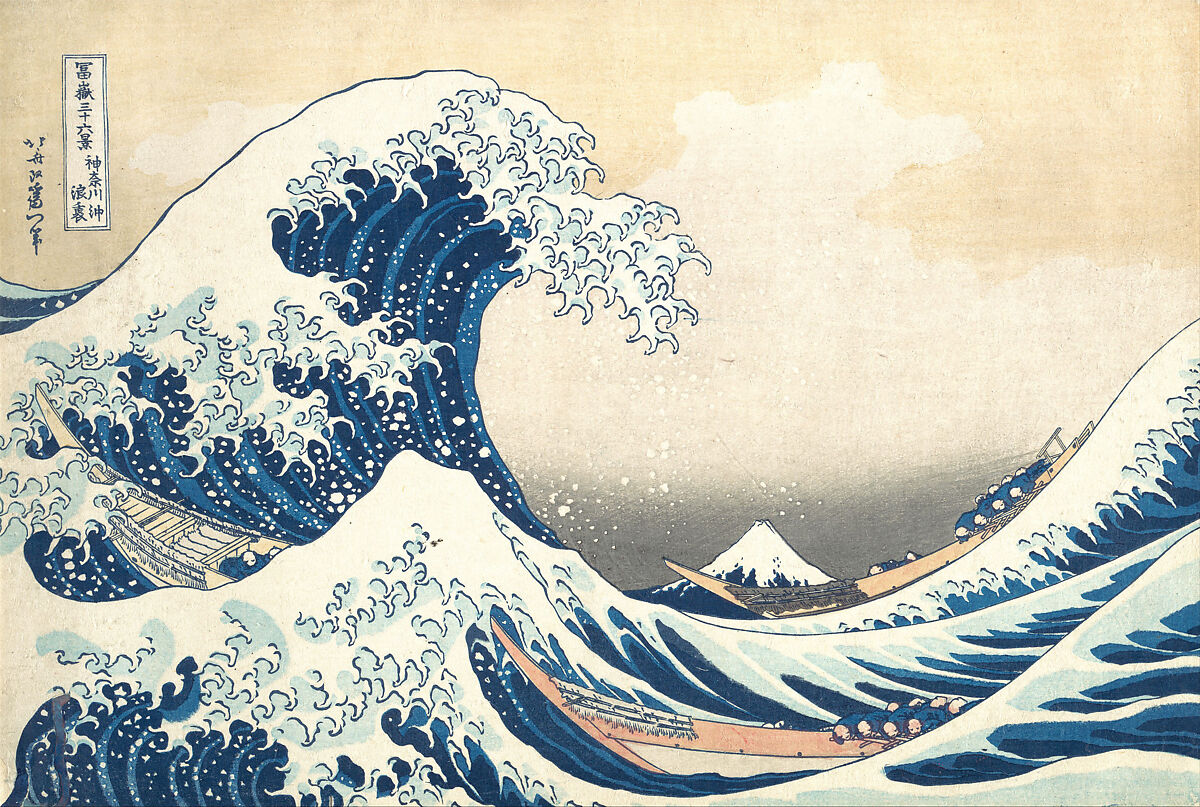
Under the Wave off Kanagawa (Kanagawa oki nami ura), also known as The Great Wave, from the series Thirty-six Views of Mount Fuji (Fugaku sanjūrokkei) by Katsushika Hokusai. Image credit: metmuseum.org
It first began in the Edo Period during a time between wars when life was relatively peaceful for Japanese people. This form of Japanese art was one of two styles followed after the Heian period. Ukiyo e was considered a significant form of entertainment at the time. While this art form is credited to Japan, it was first a part of Chinese culture. However, the forms of ukiyo-e in China required significant labor and were crafted using rudimentary practices.
In the Edo Period, Japanese artisans began experimenting with woodblock prints and paint made from natural materials, creating more standardized methods that allowed for quicker creation and improved color alignment to eliminate gaps. The prints shifted from black and white to more colors, eventually becoming paintings. The topics of this form of artwork shifted through the years from people performing ordinary tasks to entertainers and scenes from the natural world.
A famous example of ukiyo e is the Under The Great Wave of Kanagawa print, which people inside and outside of Japan often recognize. The impact of ukiyo e was so great that it even influenced Western styles and artists, including Van Gogh.
Origami
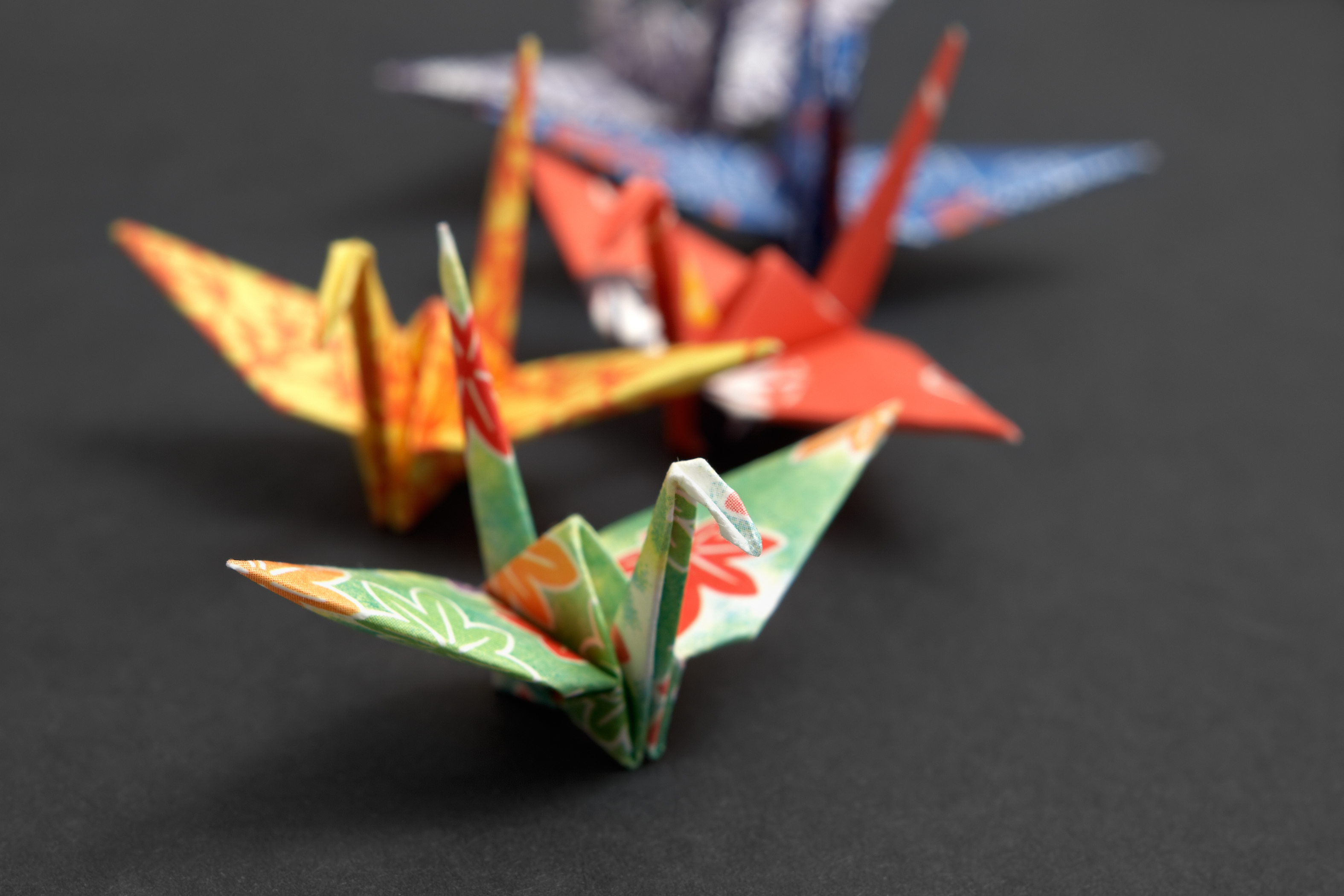
Another important Japanese craft is origami, a type of art that traditionally consists of folding square pieces of washi paper into various forms and figures. Japanese origami originated in China but was introduced to Japan around the 6th century after the creation of paper. Initially, origami was used as a method for Buddhists to record and write religious writings. Eventually, it became a popular art form related to Shintoism, as it was used for offerings to gods, celebrations, and more.
From there, origami transformed into a more regularly used art form, including as a method for decorating gifts and offerings for others. These uses became more common during the Muromachi period when multiple samurai clans determined paper ornaments were necessary for proper gift-wrapping techniques. Other uses became popular for origami, including as a method of meditation. Since its creation, the idea of origami and the methods for creating folded paper designs have shifted to include techniques that require precise cutting and, in some cases, glue.
Arita-yaki
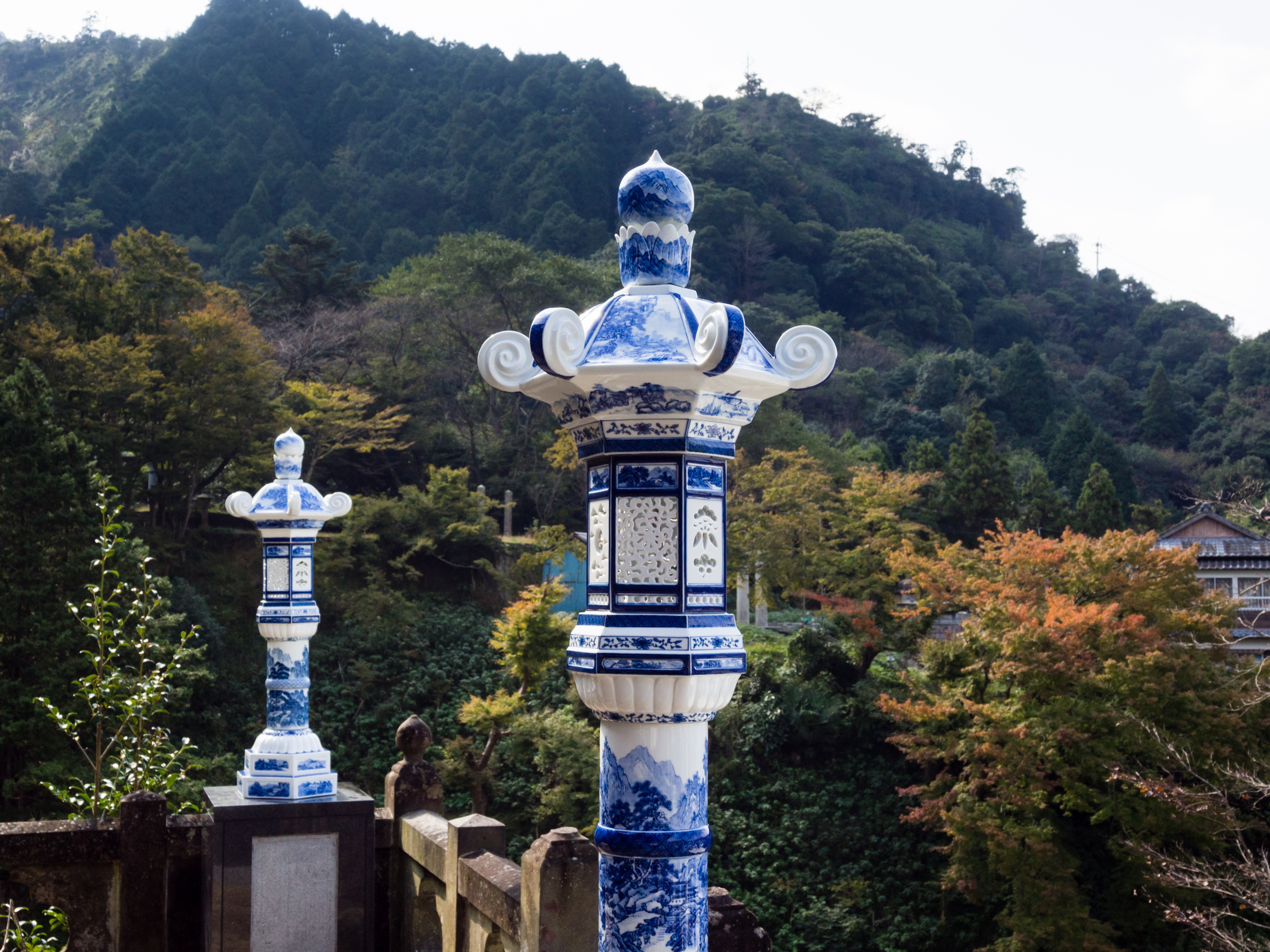
Perhaps one of the most important and oldest crafts in Japan is creating Japanese ceramics. Arita-yaki is a traditional craft of pottery and ceramics which originated in Arita and the surrounding areas. It has been created by Japanese artisans for over 400 years. It began as a craft when troops were sent to the Arita area alongside a Korean ceramic artist who was a companion of the lord of Hizen Province. Upon arriving, the artisan began crafting pottery with stones found in the area. While unconfirmed, it is believed this is the origin of Arita-yaki. Traditionally, the pottery pieces created in this style consist of blue decorations on a white background.
Edo Kiriko

Arguably, one of the most popular Japanese art forms in Tokyo is edo kiriko. This style of art consists of creating glasses with intricate patterns and designs. As its name suggests, this Japanese craft originated in Edo (now Tokyo). In the Meiji Period, after Emanuel Houptman, an English glass craftsman taught local Japanese people how to create these intricate glasses. These lessons led to the creation of edo kiriko, which remains one of the most revered and beloved traditional Japanese art forms.
Daruma
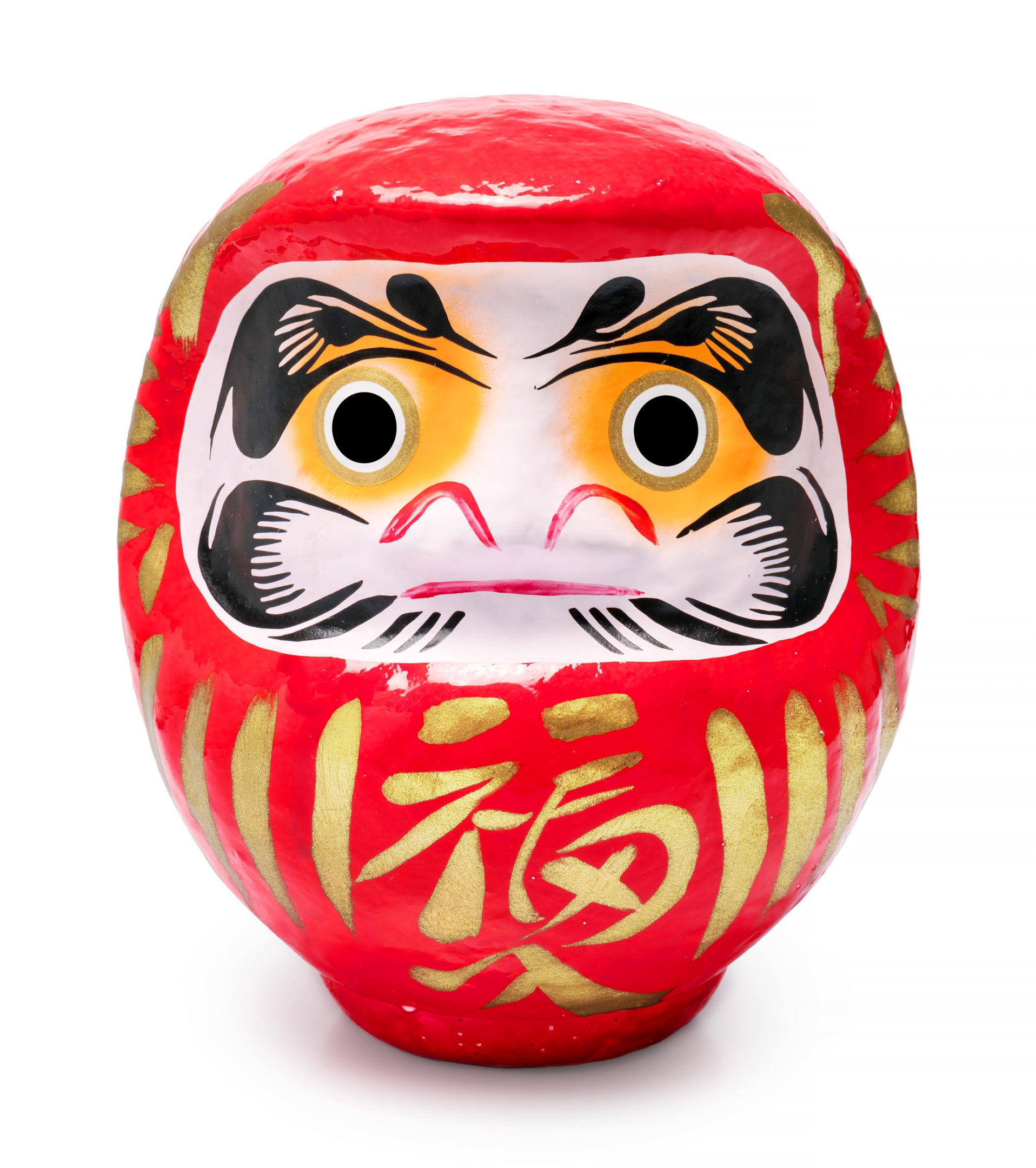
Daruma, also known as good luck charms, have become popular as souvenirs for those visiting Japan. According to legend, those who possess daruma are said to have their wishes granted. These particular dolls are always red and crafted from papier mache. They're painted to resemble a man's face. However, they include small details that are believed to bring luck. For example, some versions of daruma include a mustache in the shape of a turtle.
Once a daruma is purchased, the purchaser fills one of the eyes, representing their wish/goal. Once the goal/wish is attained, the second eye is painted. It is common to see these dolls in shops, restaurants, and other businesses throughout Japan.
Mizuhiki
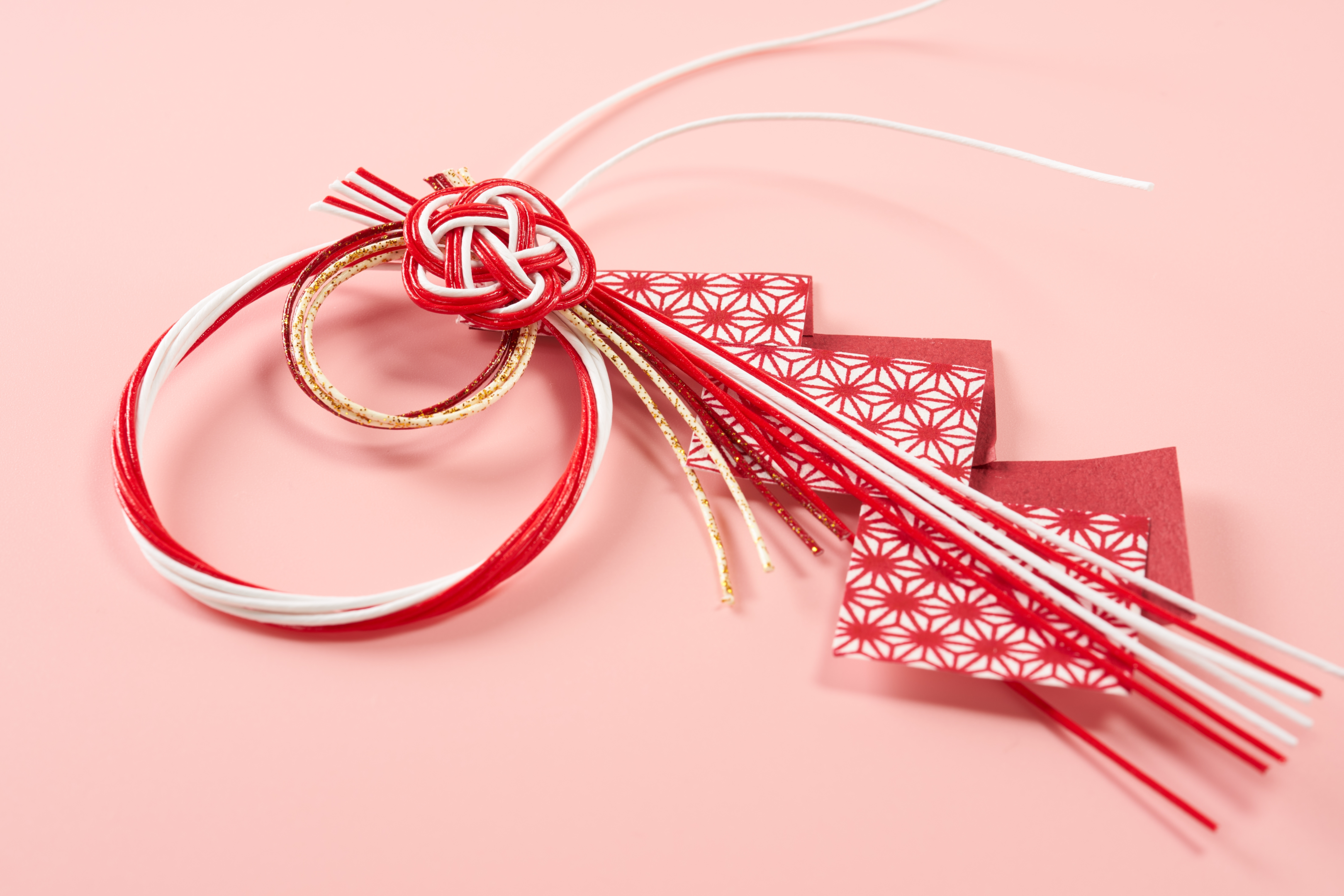
One of the more unique forms of Japanese art is mizuhiki, an intricate form of Japanese knot tying typically added to presents on special occasions, from birthdays to weddings. Like origami, this craft is made with washi paper which is twisted to create a flexible cord. The art of mizuhiki was became popular during the Edo period, when Japan saw a large increase in its arts and crafts. Previously, it was only used by higher classes, such as those in the Imperial Court.
The color combination of mizuhiki represents varying messages, hence why it's appropriate to only use certain colors for certain activities. For example, black, white, and silver are often used for more serious, somber ceremonies, particularly funerals. While the use of particular colors has become more flexible in recent years, it remains a traditional craft that has withstood time.
Calligraphy

Shodō, also known as calligraphy or beautiful art writing, is another popular Japanese art form. It has appeared in many forms, from religious text to hanging scroll and classic literature. Japanese calligraphy writing first appeared around 5th century CE, when Chinese characters were adapted to the Japanese language in order to create written correspondence and religious texts. Since then, calligraphy has evolved with varying styles and alphabet systems.
This writing style consists of three alphabet systems: kanji, hiragana, and katakana. Hiragana (inspired by the delicate writing of the court ladies) and katakana (created by Buddhist monks) both include 46 sounds that can be used to create words. Kanji uses symbols that represent an idea or word. Calligraphy is further broken into three primary styles: kaisho, gyosho, and sosho, which range from regular lettering to cursive.
It is now taught to preschool children in Japan, continuing to keep the tradition of this writing style alive and well.
The Impact of Japanese Art and Traditional Crafts
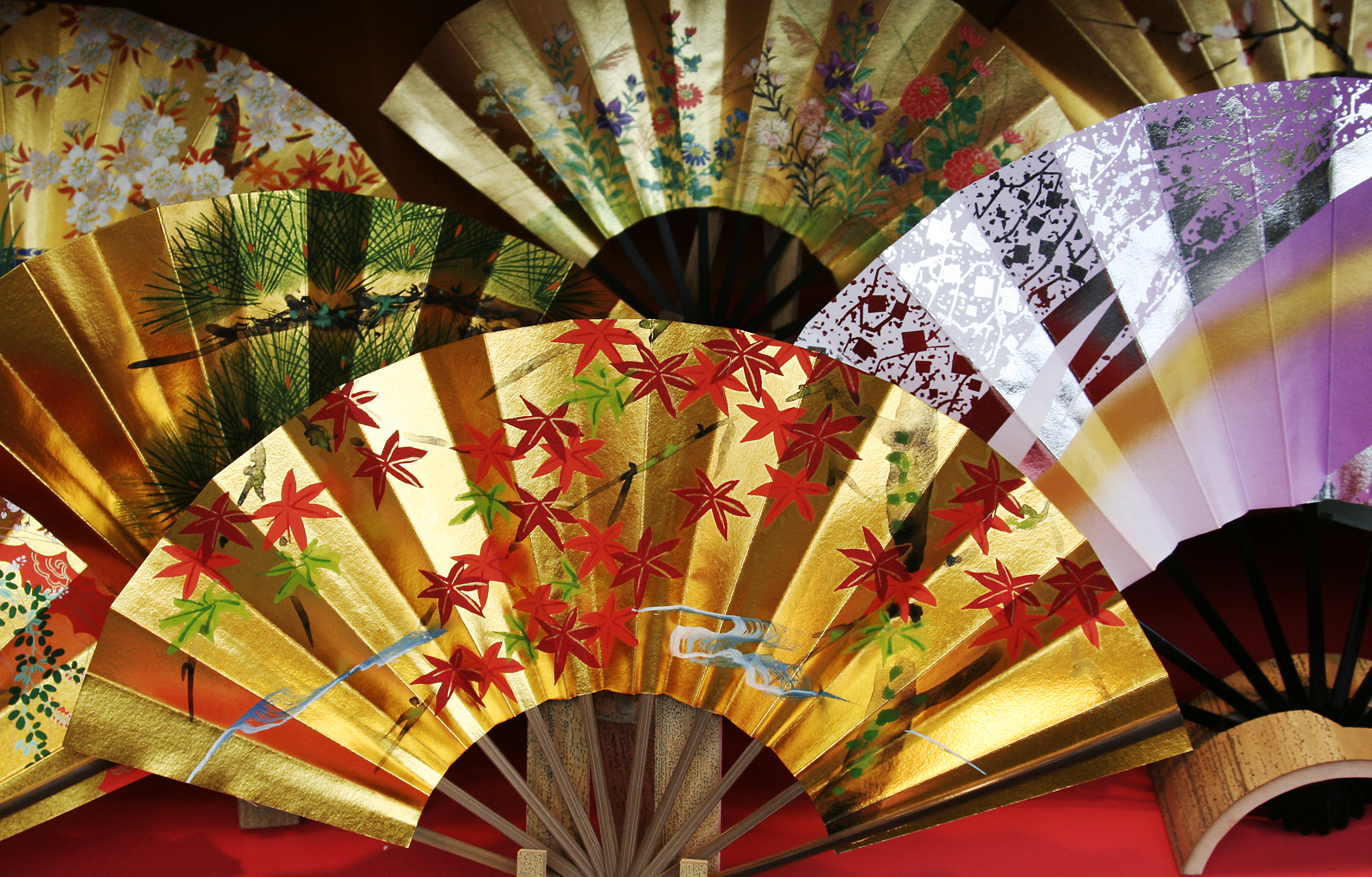
Throughout history, the entire country, from northern Japan to southern, has excelled at creating new forms of arts and crafts. From the ittobori figures, which originated in the Kamakura period, to ukiyo e, which remains present in the art world today, these distinct art forms have helped distinguish Japan as a culturally rich location that celebrates traditional art as much as new art movements and forms.
Perhaps one of the most significant reasons for Japan's interest in pursuing and creating arts and crafts is the Shinto religion. In many cases, Shintoism arises as a reason for pursuing art as it enforces a connection between spirituality and nature. By drawing, painting, crafting, or using other forms of art/crafts to create nature-related images and figures, people can further connect to their spirituality.
Because of their appreciation of Japanese art and Japanese crafts, many Japanese people are well-versed in at least one medium whether that be calligraphy, origami, or another form of arts and crafts. These activities are so prevalent in Japanese culture, that many tourists will intentionally include a lesson or two of various crafts on their vacation itinerary.
Join in the Celebration of Japanese Culture with Japan Crate
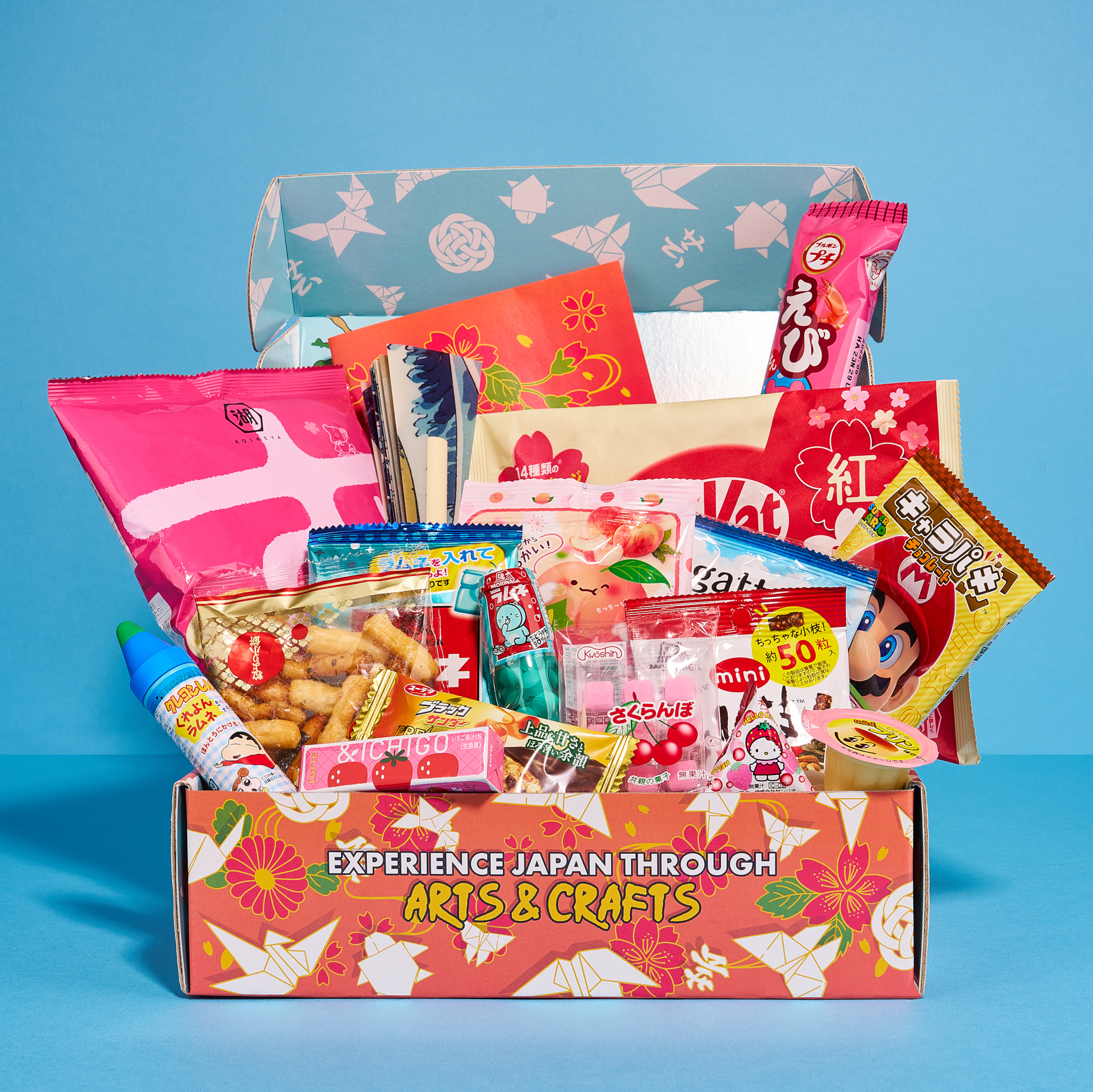
Whether you're new to Japanese art or simply want to experience more of the culture regularly, Japan Crate offers a way to explore the country from home. With a monthly snack subscription centered on varying themes, each delivery provides insight into a unique area of Japanese culture. From boxes catering to manga and anime, two popular forms of Japanese art, to various seasonal events and festivities, Japan Crate is ready to expand your understanding (and love) of all things Japan.
Each month, an exciting array of snacks, a non-edible collectible, and the opportunity to win prizes, such as discounts toward future Japan crate deliveries, will arrive at your door. Delve into goodies and treats that tie into a fun monthly theme, ranging from crispy, rich Japanese Kit Kats to chewy mochi.
Subscribe to Japan Crate now to begin your explorations of traditional Japanese art, crafts, and more, all while indulging in delicious sweet and savory snacks!
Author Bio


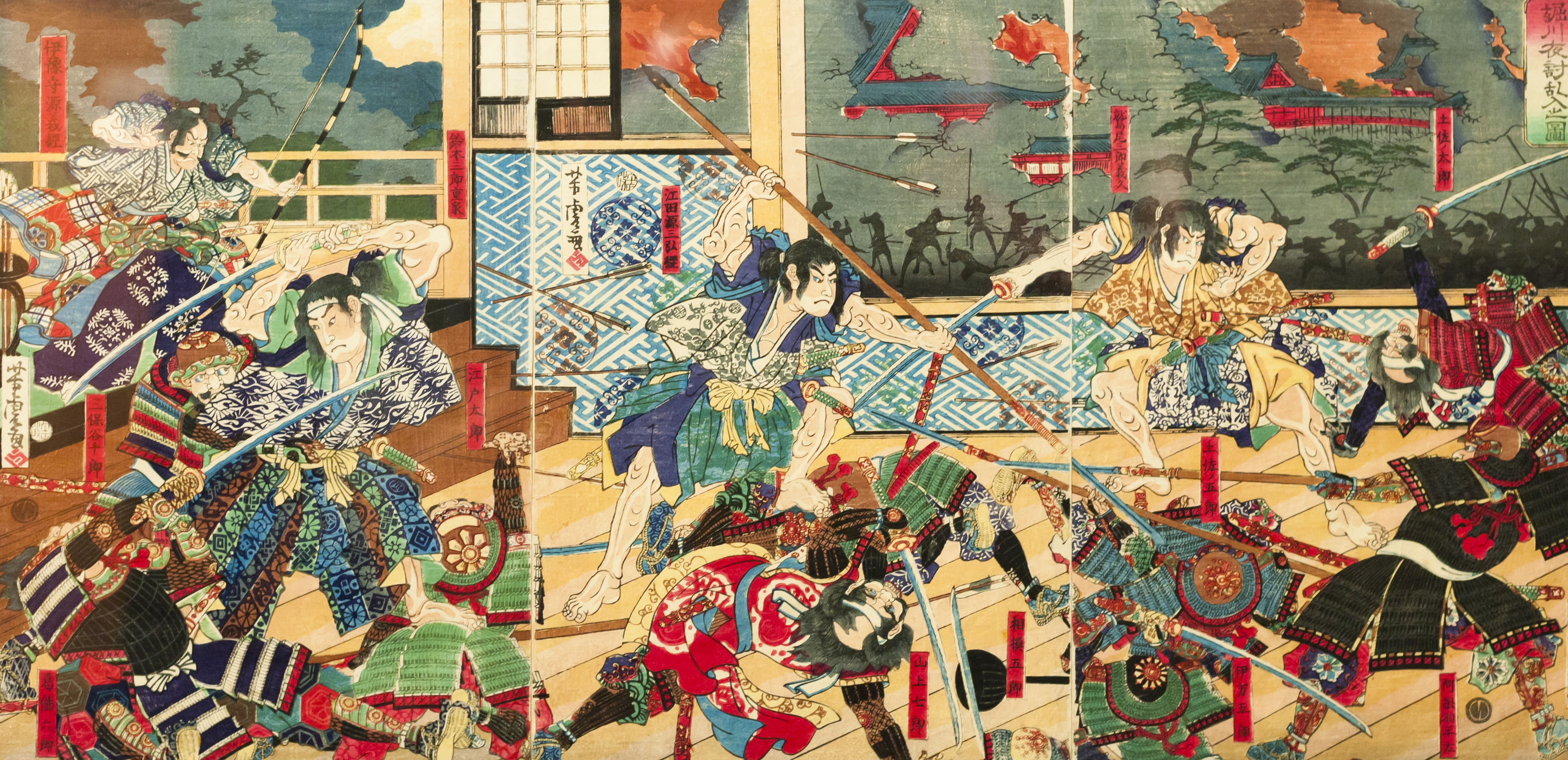
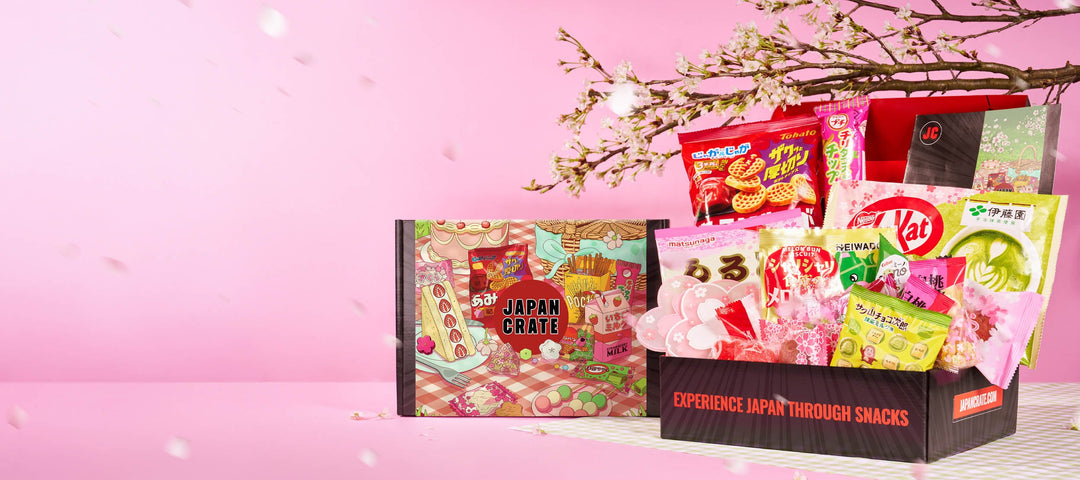
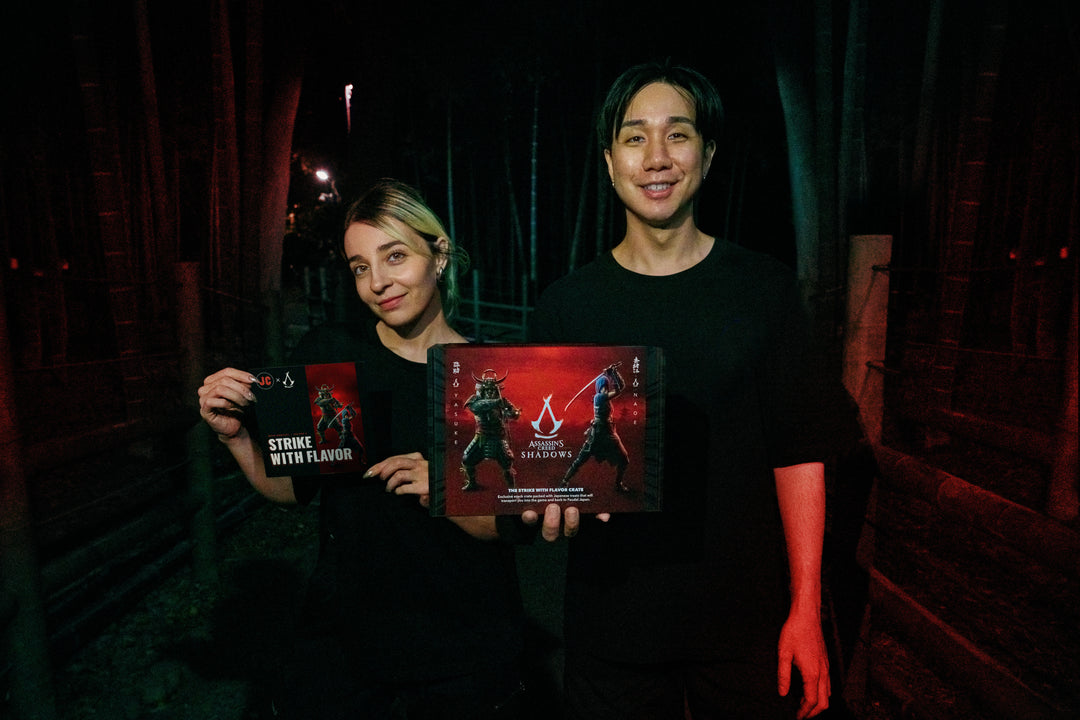
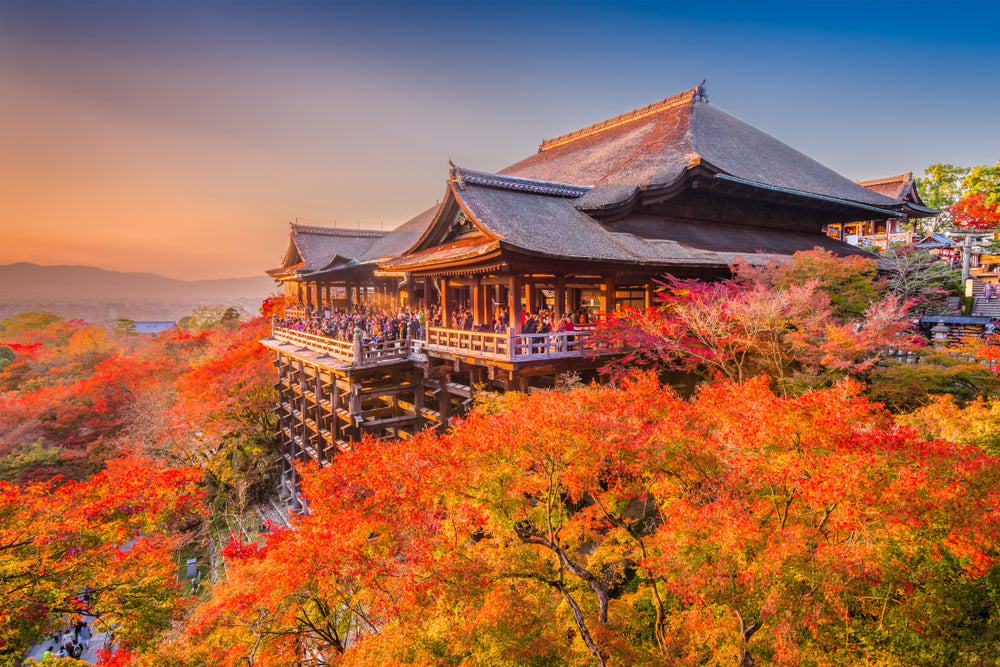

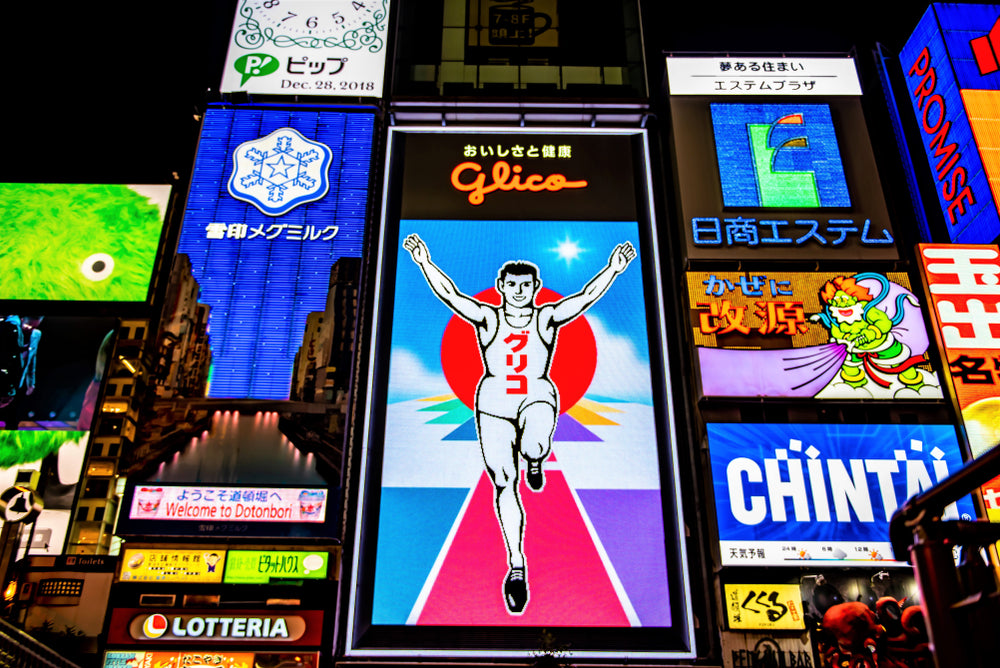
Leave a comment